Learn to grow elderberries with these easy planting tips. Elderberries are known for their wonderful berries, prized as homegrown medicine and their showy white blossoms. With the shortage and cost increase of elderberries, there’s never been a better time to grow your own. They’ve been long praised for their medicinal purposes and make a delicious treat once cooked.
Elderberries aren’t eaten straight off the bush like a blueberry. They really shine when turned into cordials, syrups, jellies, tinctures or even wines. My favorite is elderberry syrup, a medicine that tastes like cordial, yes, please!
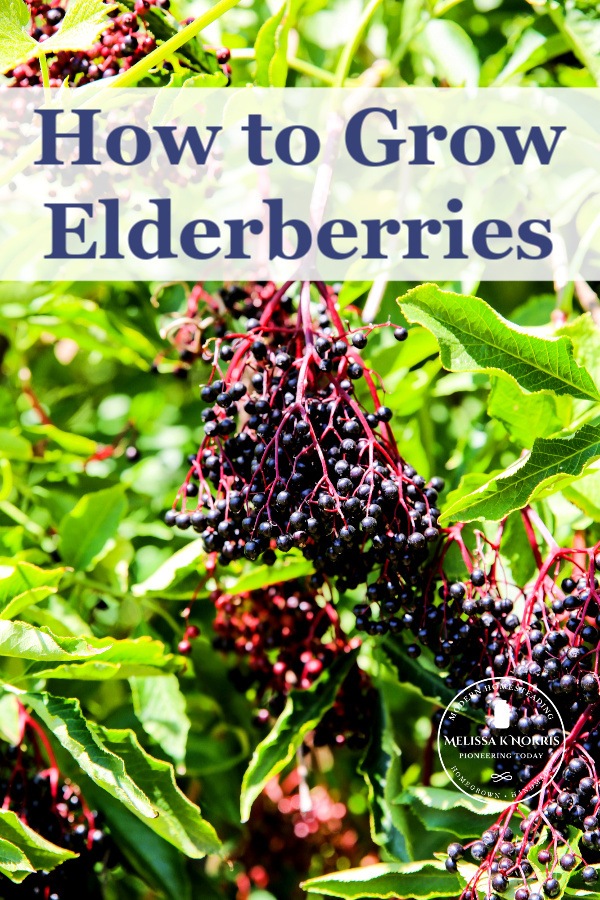
Types of Elderberry Plants
There are two types of elderberry, American (Sambucus canadensis) and European (Sambucus nigra). The American elderberry is more compact and reaches 6 to 10 feet tall. European elderberry reaches 10 feet or more.
American elderberries produce larger and sweeter berries than their European counterpart. You’ll also find American elder spreads more aggressively with underground rhizomes, which can be a good or bad thing depending on your space. But I lean towards more is good.
Which elderberry plant is best for syrup?
Traditionally European elderberry (Sambucus nigra) are used for medicinal purposes but recent studies show both Canadensis and Nigra have medicinal properties. [1
Elderberries grow on a large bush. Sometimes elderberry bushes can become tree-like, but proper pruning will keep them more compact. They’re a beautiful plant to have in your yard with their white flowers (which are edible all on their own) to the dark purple and purple black berries. The leaves on my European variety are variegated, making even the vegetation pretty.
Note: red elderberries have a higher level of HCN, which means they must be properly prepared with heat for safety.
Before Planting
Your elderberry bush will thrive for years if you establish it correctly and planted in the correct soil. Elderberries prefer a pH level of 5.5 to 6.5, you can learn more about soil testing and pH levels here. Elderberries grow in most soil types but aren’t drought tolerant. Make sure the soil retains moistures, drains well, and is fertile. Sandy soil usually dries out too quickly and doesn’t have enough nutrients without heavy amending.
Elderberry plants grow between 10 to 12 feet tall and 6 feet across, though some can reach heights of 20 feet tall. Plant in an area they will have room to grow. Don’t worry if you don’t have a ton of space, with pruning you can keep them smaller. I have one bush near our back patio and fireplace and yearly pruning keeps it at a manageable size.
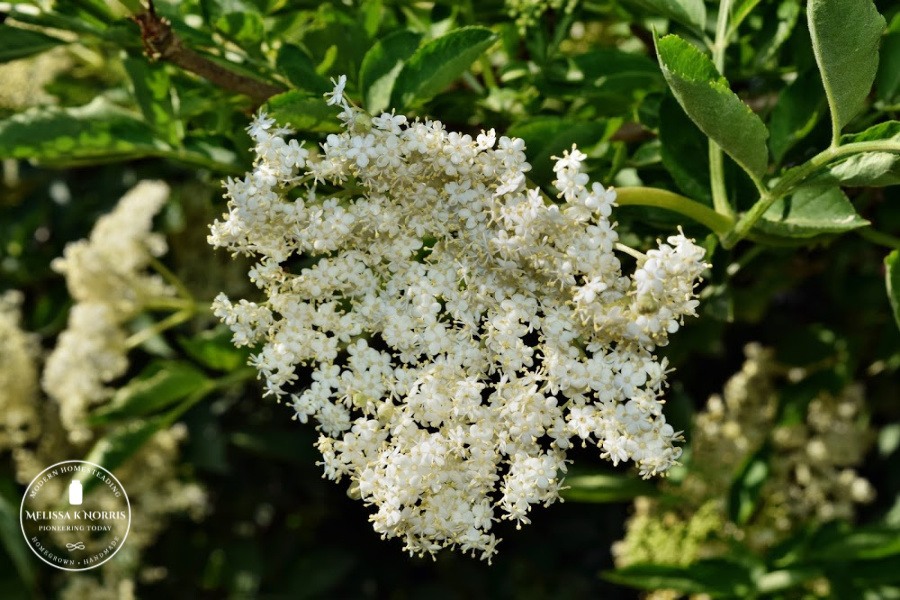
Elderberries grow in zones 3 through 10.
Subscribe to Melissa K. Norris!
Get updates on the latest posts and more from Melissa K. Norris straight to your inbox.
We use your personal data for interest-based advertising, as outlined in our Privacy Notice.
Where to Plant
Elderberries prefer full sun to partial shade (you’ll get a higher yield per plant in full sun). In hot climates, consider planting your elderberry bush in partial shade, with early morning and afternoon sun. In more northern or cool climates, full sun is preferred.
Elderberry bushes are susceptible to root rot. Make sure your soil drains well and isn’t in a low spot in your yard that retains water.
Planting Tips
- Dig your hole slightly wider than the roots and 2 inches deeper than plant depth, keep the soil line 2 inches deeper than the line from the store or nursery.
- add compost and work it into the planting hole.
- spread the roots out inside the hole, backfill with dirt, tamp the dirt with your foot to help fill in any empty pockets of air.
- water well.
- add additional compost around the plant followed by a layer of mulch, wood chips or shredded leaves work well. Elderberries have very shallow roots and mulch helps retain moisture and keeps competing weeds at bay.
- plant elderberries 6 to 8 feet apart and if doing rows, keep them 10 feet apart.
- For fruit production, make sure you have two cross-pollinating varieties within 60 feet of one another.
Do I need two elderberry bushes?
You need two different varieties of elderberries from the same genus to get fruit. This means two different types of Sambucus Nigra or Sambucus Canadensis for cross-pollination and a fruit-bearing crop. I have a Samdal and Variegated variety of European elderberries on my homestead.
Order any elderberry varieties from RaintreeNursery.com and use coupon code: modernhomestead for 10% OFF your order! Or you can grow elderberry from cuttings.
Varieties of American Elderberry (Sambucus Canadensis):
Varieties of European Elderberry (Sambucus Nigra):
I made you this growing elderberries video
Care of Elderberries
Following the year after planting, make sure plants are watered weekly. Elderberries need 1 to 2 inches of water weekly from bloom time to harvest, aka spring through fall. Make sure you’re watering by hand if you’re not getting adequate rainfall.
You won’t need to prune the first two years, except for dead or broken branches. If you identify an insect damaging the blossom or fruit, you can learn how to spray fruit trees with organic pest control to maintain a healthy harvest.
Fertilizing
Growing elderberries doesn’t require a lot of maintenance. Once plants are a year old, fertilize yearly in early spring, right before the plant comes out of dormancy. Add composted chicken manure (never apply fresh manure, it will burn the roots, especially with shallow-rooted plants like elderberries) and top it off with fresh mulch. You can use fresh rabbit manure, but remember all poultry and cattle manure should be composted down.
Take the manure and mulch out to the drip line of the plant (from the base of the plant to the end of the branches). Each spring you’ll extend this area to keep up with the growth of the plant.
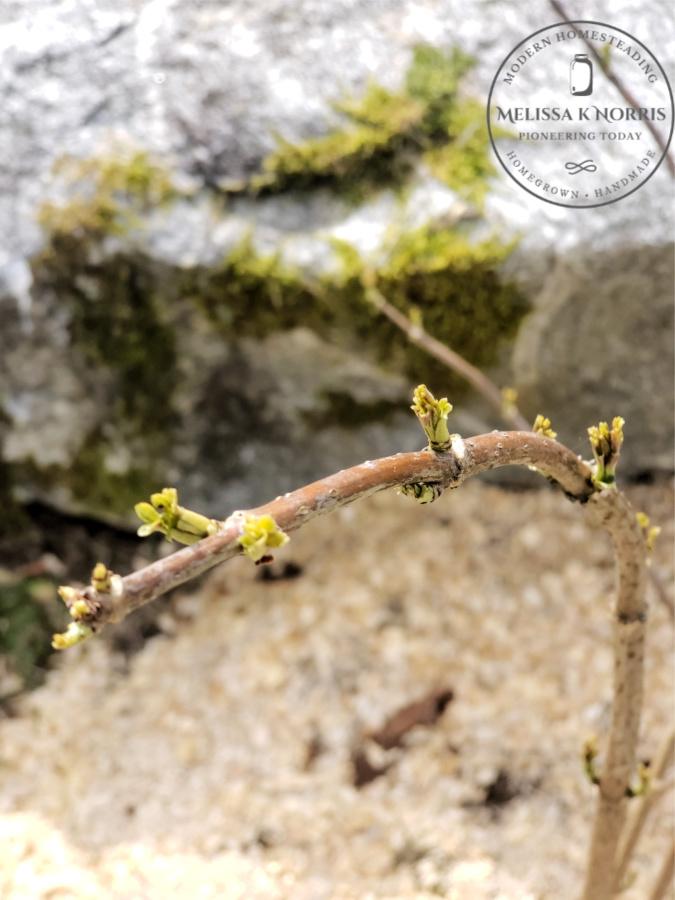
If the plant doesn’t seem to be growing well, you may need to add additional nitrogen. I prefer to use this organic fish emulsion fertilizer when watering if I feel the plants need a bit more nutrition.
Keep Weeds Down
Weeds are detrimental to growing elderberries, especially grass. With the elderberries’ shallow roots, grass robs nitrogen from the plant and should be removed by hand.
Unfortunately, landscape fabric is useless after the first season (if it’s even effective then) so don’t waste your money or time with it. Instead, pull up weeds by hand when planting then put down a 2-inch layer of compost, followed by another 2 to 3 inches of mulch. Wood chips or shredded leaves work well.
Apply this in the fall and spring, increasing the circumference as the plant grows to always extend out to the drip line of the elderberries.
Pruning Elderberries
Elderberries need to be pruned after two years of age. During the first two years of growth, don’t prune, with the exception of broken or dead branches.
Once elderberries are three years of age you need to start pruning them. Prune elderberries in late winter or early spring, while the plant is still in dormancy (before bud break). Make sure to sanitize your pruning shears and loppers with a spray of alcohol to avoid spreading any disease.
- Remove any broken or dead canes first (take your fingernail and scrape the bark, if it’s not green underneath, it’s dead).
- Use loppers or pruning shears and remove three-year-old canes. They’re weaker and produce less fruit.
- Use a heading cut on 1 to 2-year-old canes that are too long to support berries by placing a diagonal cut back to a healthy bud.
- Leave 6 canes per elderberry bush, ideally with an equal number of 1 and 2-year-old canes.
How to Harvest Elderberries
Pick elderberries when fully ripe. Elderberries are fully ripe when they turn a deep dark purple or black color and berries are still plump.
Birds are the bane of berry growers. I recommend using netting to keep the birds from stripping it of all your ripe berries.
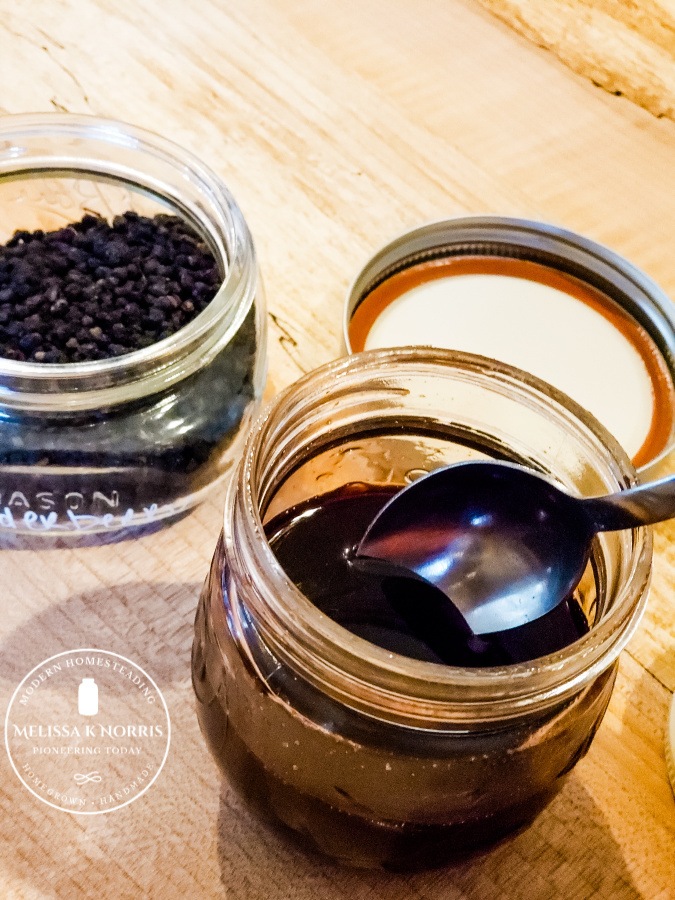
Use pruning shears to cut the stem right beneath the entire cluster of berries.
Uses for Elderberries
Elderberries make a wonderful syrup, jam, jelly, wine, and tinctures.
Safety note: only use the fully ripe dark purple/blue berries, never use red elderberries. Make sure none of the leaves or branches are with the berries (they’re toxic).
Raw elderberries contain a compound called hydrocyanic acid that can cause extreme stomach upset especially in large amounts. Always cook your elderberries before consumption as the heat breaks down this acid. Never cook your syrup in a pot with a lid on, such as Instant Pot or slow cooker, as this traps the hydrocyanic acid from evaporating off.
Elderberries are well-known for their support of the immune system, anti-viral, anti-inflammatory, and anti-oxidant properties. They’re high in vitamin C and antioxidants, both which benefit the immune system. It has been used in clinical studies and shown to reduce cold duration and symptoms. [2]
Learn How to Make Elderberry Syrup + Additional Add-Ins here
Other Berry and Fruit Growing Guides:
- How to Prune a Blueberry Bush for a Larger Harvest
- How to Get Rid of Mummy Berry Disease on Blueberry Bushes
- How to Plant Raspberries – Soil Prep, Growing & Caring for your Raspberry Plants
- How to Prune Raspberries
- How to Prune Apple Trees
- Planting Berry Bushes & Fruit Trees
- 5 Tips to Starting an Orchard & Growing Fruit
- When and How to Plant Fruit Trees
- How to Care for Fruit Trees In Fall & Winter
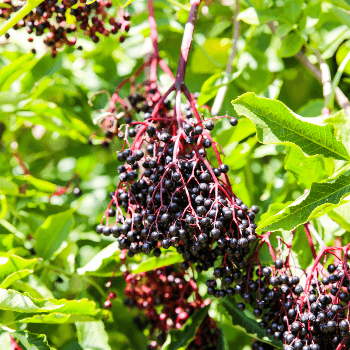
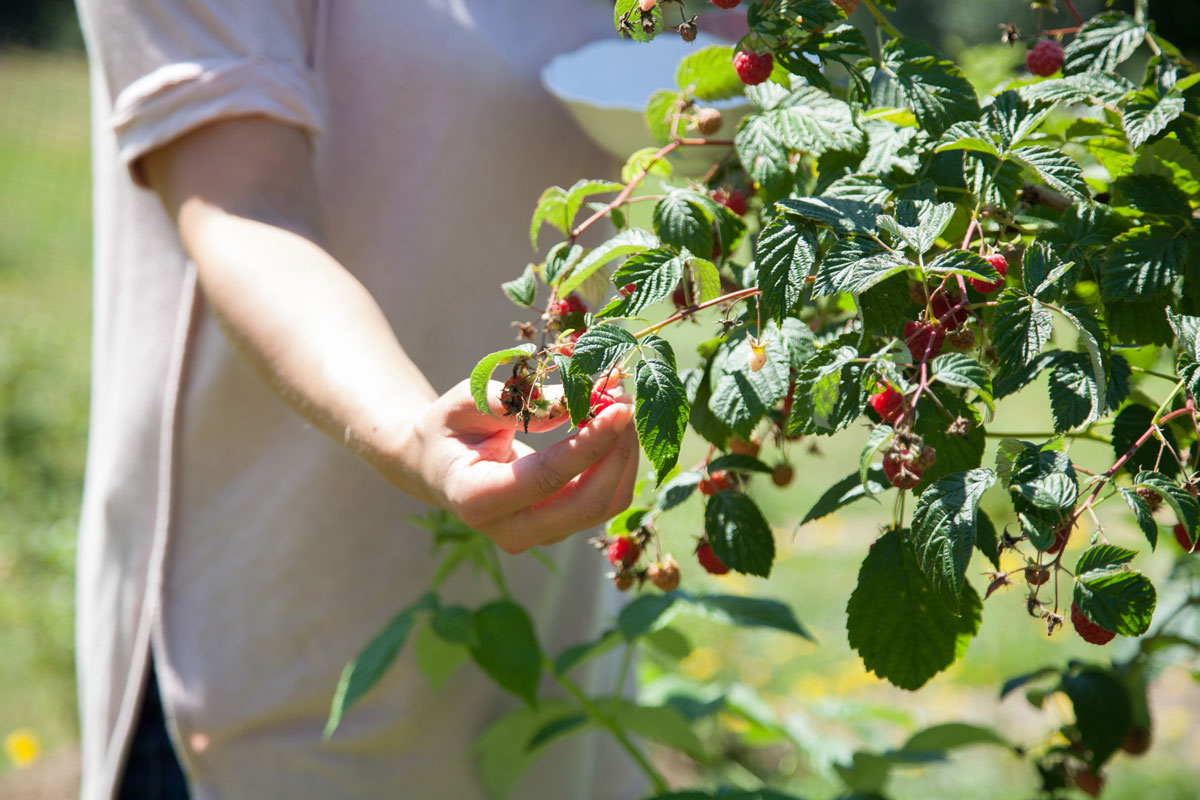
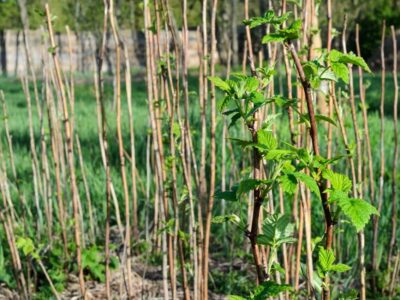
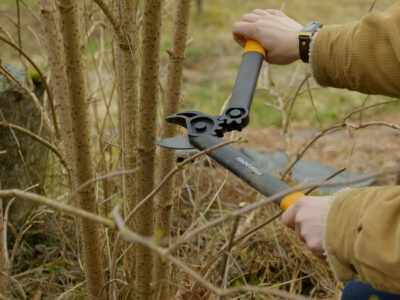
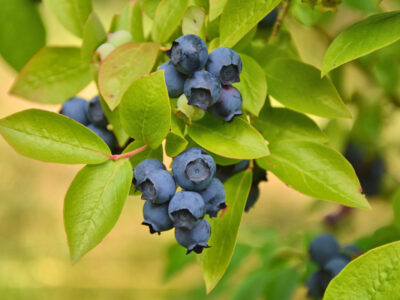
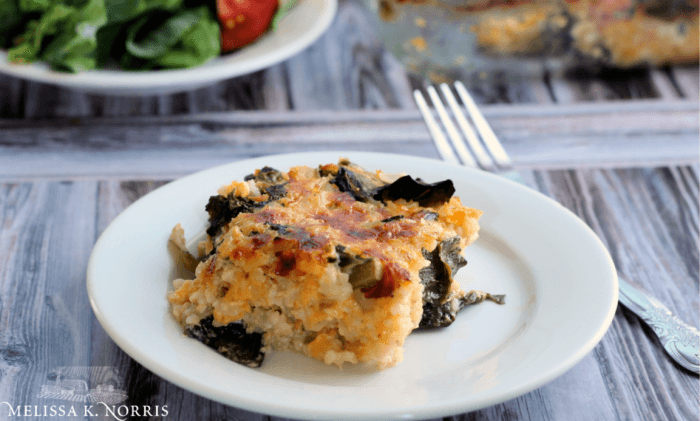
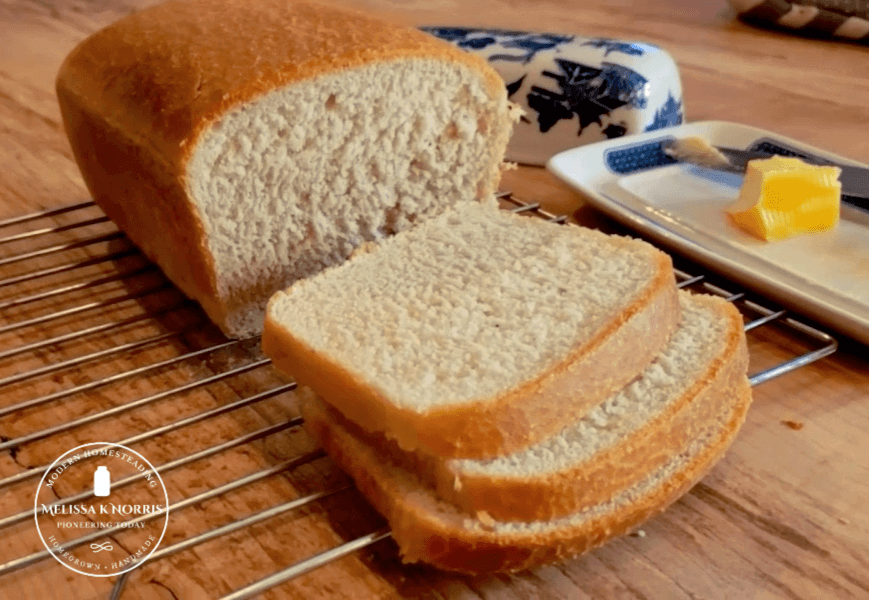
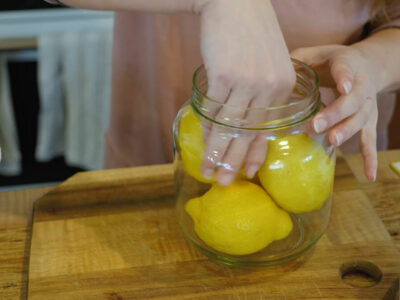
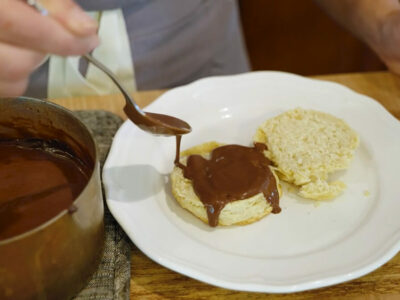
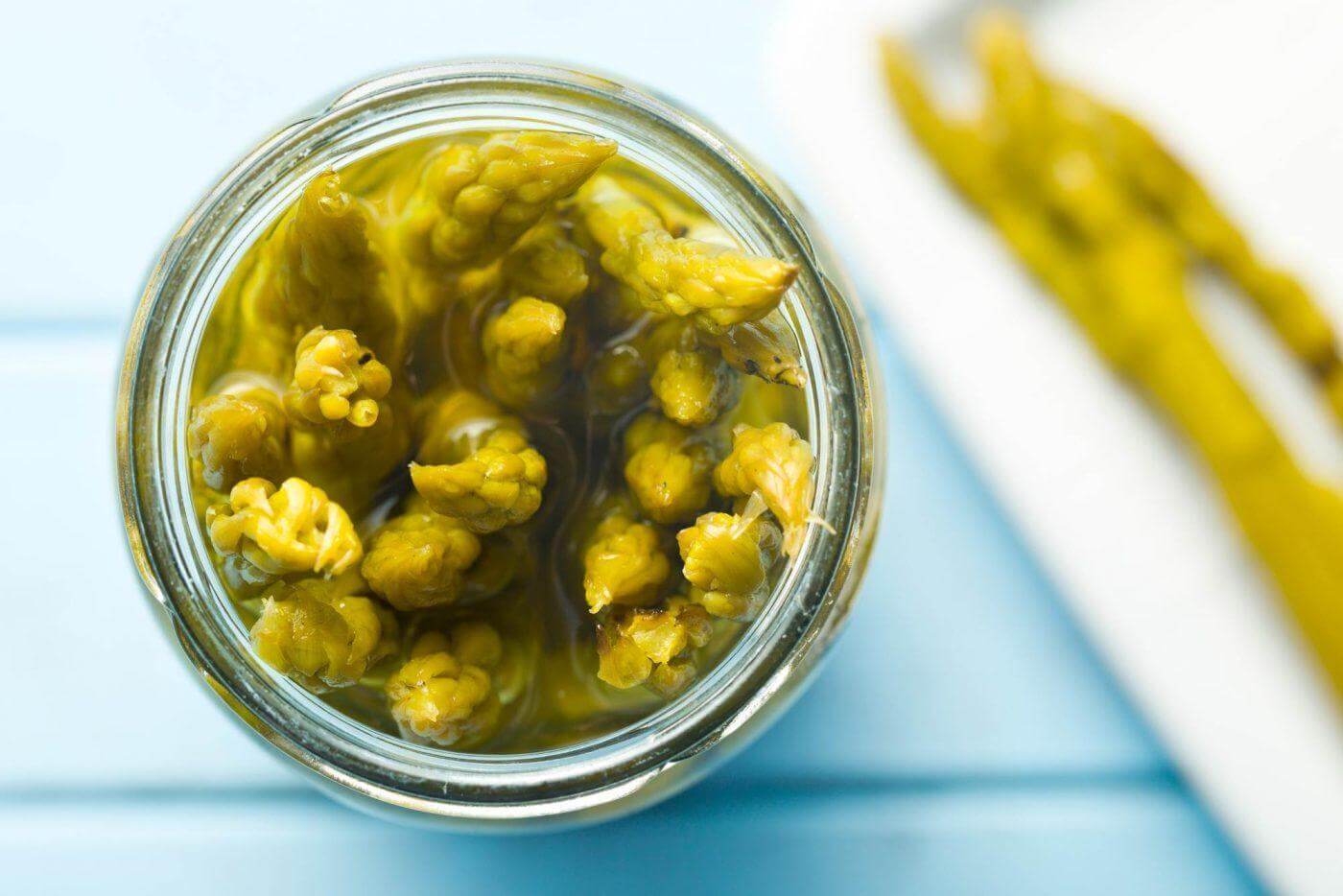

Melissa, much of what you’ve written is inaccurate or wrong,I’m afraid. Red elderberry (Sambucus racemosa) absolutely has edible berries, so long as you cook them and remove the seeds. This is also true of canadensis and nigra, just slightly more true for racemosa. American elderberry can get just as tall as nigra if left to its own devices, 10 to 12 feet. Canadensis is highly shade intolerant, so only light shade is recommended. Recent studies out of Missouri suggest that for best yields, plants should be cut to the ground while dormant.
Hi, I purchased 8 Elderberry plants from Ontario Native Plants. They were sent with little info other than they are “Sambucus canadensis”. After reading/hearing your posts, I asked them about the variety and if they could produce berries. Obviously, they replied with they should produce within 2-3 years and they stated “Our Elderberry plants are a pure species – Sambucus canadensis. We do not grow cultivars or varieties.” Can you help explain this statement “pure species” ? I am very confused by what needs to have another plant/tree…when and why…and seriously..if you are planting with the intent to have fruit — why would I need to ask — it should just be i the instructions!!! I have had an Almond tree for 8 years (I was told I would get almonds in about 10 years) I just now found out I need another almond tree -of a different variety- to have a chance at almonds..It is unlikely I will ever find the variety of the tree I have had for nearly a decade..keeping safe and moving to areas of our house and then our yard to get the best attention!!!! I am not able to locate the vendor I purchased the tree from…so any thoughts on how I would get another almond tree, how I would know it is a different variety …or even if it needs to be if it is a “pure species”. ??
Hi Melissa, this is a wonderful and highly informative article, thank you!
Could you please tell me whether Sambucus nigra ‚Haschberg‘ can be cross-pollinated with Sambucus nigra ‚ Black Lace‘?
Thank you and kind regards, Fotene
Can you give me any infirmation on Golden Tower Elderberries, Sambucus Nigra ‘Jandeboer001’. I live in Central Illinois, and have a hard time finding elderberry bushes/shrubs. We found these at Menards. From what the tag says and what I have read from other nursuries on line they are edible after being cooked. But I cant find any information on them other than what is on nursery sites, which one says the berries are red and one says they are purple. Are they safe to eat after cooking is my main question.
Only purple elderberries are safe for consumption. Sambucus nigra is what you’re after but you’ll have to see what color the berries ripen too.
I live in southern Oregon and purchased elderberries through Burgess, last year. I received the American version of Johns and Adams and planted the twigs. I was rewarded with well growing plants and did get some berries to put in the freezer. They are already showing signs of new growth on the canes and at the base. Guess I need to add some rabbit poop for fertilizing. Thanks for the pruning tips.
Melissa, I live in Graham, WA and tried to plant two apple trees a couple of years ago. The problem is in Graham, WA it is nothing but rocks. One of the trees isn’t going to make it and the other one is doing OK but not great. Would they grow in barrels?
If you’re going to try a barrel you’ll want to get a dwarf variety and make sure it’s as large as possible with drain holes.
“…spreads aggressively…”
That is the understatement of the year. I once spent an entire summer digging wild elderberry roots out of the garden patch of an abandoned Depression-era homestead garden patch. Plant those critters well outside of your garden. Propagation is simple: cut a root in half. Even the smallest piece will grow a new plant.
I’ve heard there’s an elderberry and sour cream pie recipe out there which is said to be superb.
We moved to our farm 31 yrs. ago and I never really paid much attention to the elderberries growing here. Usually the birds got them first. I’ve noticed how they are spreading now and found one bush that was really tall and was wondering how to prune it. Thanks for this article.
I was wondering if wild elderberries are ok to use? I have several bushes in the woods and was thinking about using them if they are safe. I am pretty sure they are the purple kind and not the red. Thank you for your time and advice.
Angie
I Enjoy your site.
Do you have any suggestions on elderberry propagation?
Thank you and be well.
Elderberries grow wild in my town. I’m looking at getting a few cuttings. Would containers be an ok idea to keep them in long term?
Elderberries grow wild in my town. I’m looking at getting a few cuttings. Would containers be an ok idea to keep them in long term
I’m trying t purchase w elderberries
D u sell them
God bless
Sandra